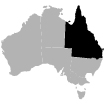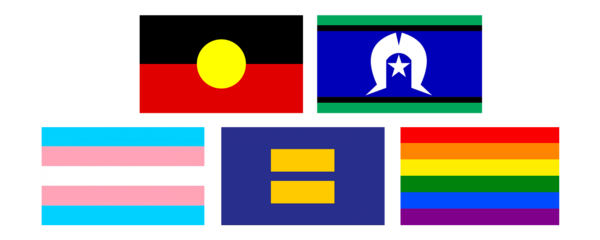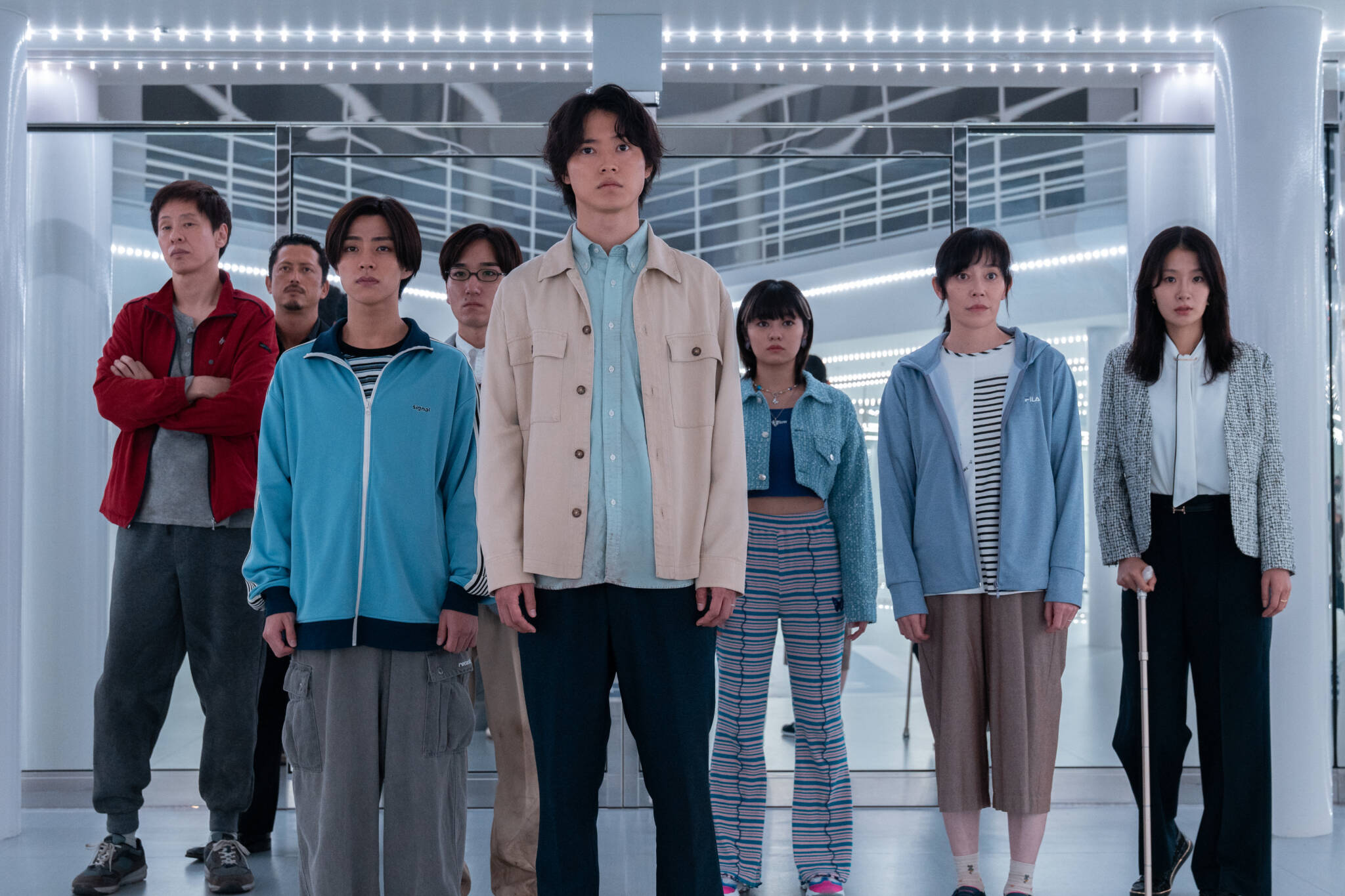
Movie magic has never been more fantastical and more imaginative with endless options thanks to the advances in technology and talented practitioners across the globe raising the bar and making the impossible (and extremely expensive or dangerous) a reality.
Queensland is home to some of the industry’s most talented post-production practitioners including Flavia Riley (Head of Production) and Jamie White (Head of 3D) at Alt.VFX. Their latest work was showcased in Robot Communications Inc.’s third season of Alice in Borderland which was supported through our Post, Digital and Visual Effects (PDV) Incentive.
Alt.VFX’s work on the series centred on a pivotal episode featuring millions of flaming arrows crashing through the sky to land on a band of unsuspecting game players and burning the temple they reside in to ashes. Their work involved an extensive practical set that needed to be extended digitally, with cascading fires that progressed from small ignition points to a full inferno over the course of the sequence.
Flavia and Jamie both grew up with a love for cinema and pursued a career in the film and television sector since childhood. Jamie idolised the work of Ray Harryhausen (Clash of the Titans, Jason and the Argonauts), crafting his own stop motion animations at age 12 using a gifted camcorder.
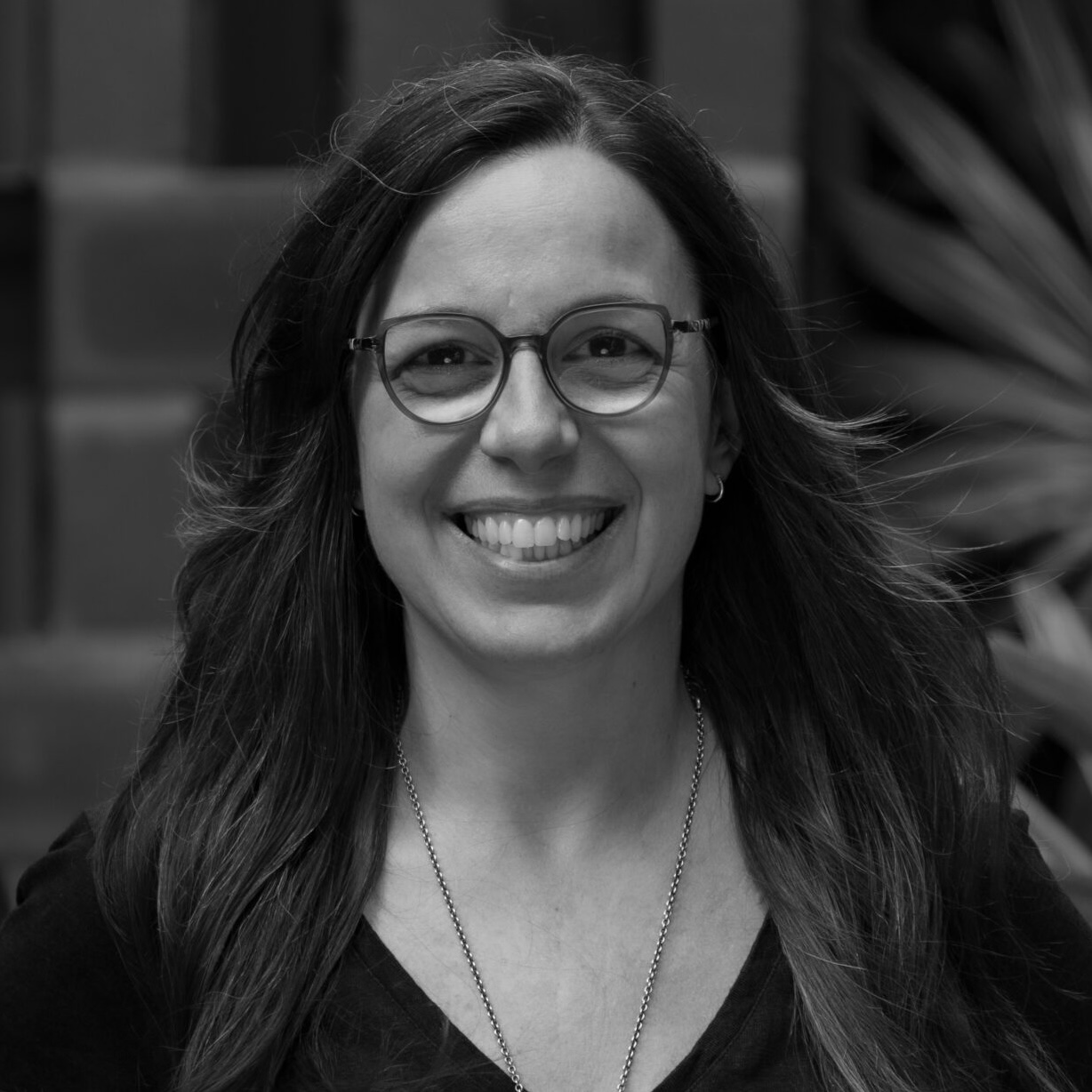
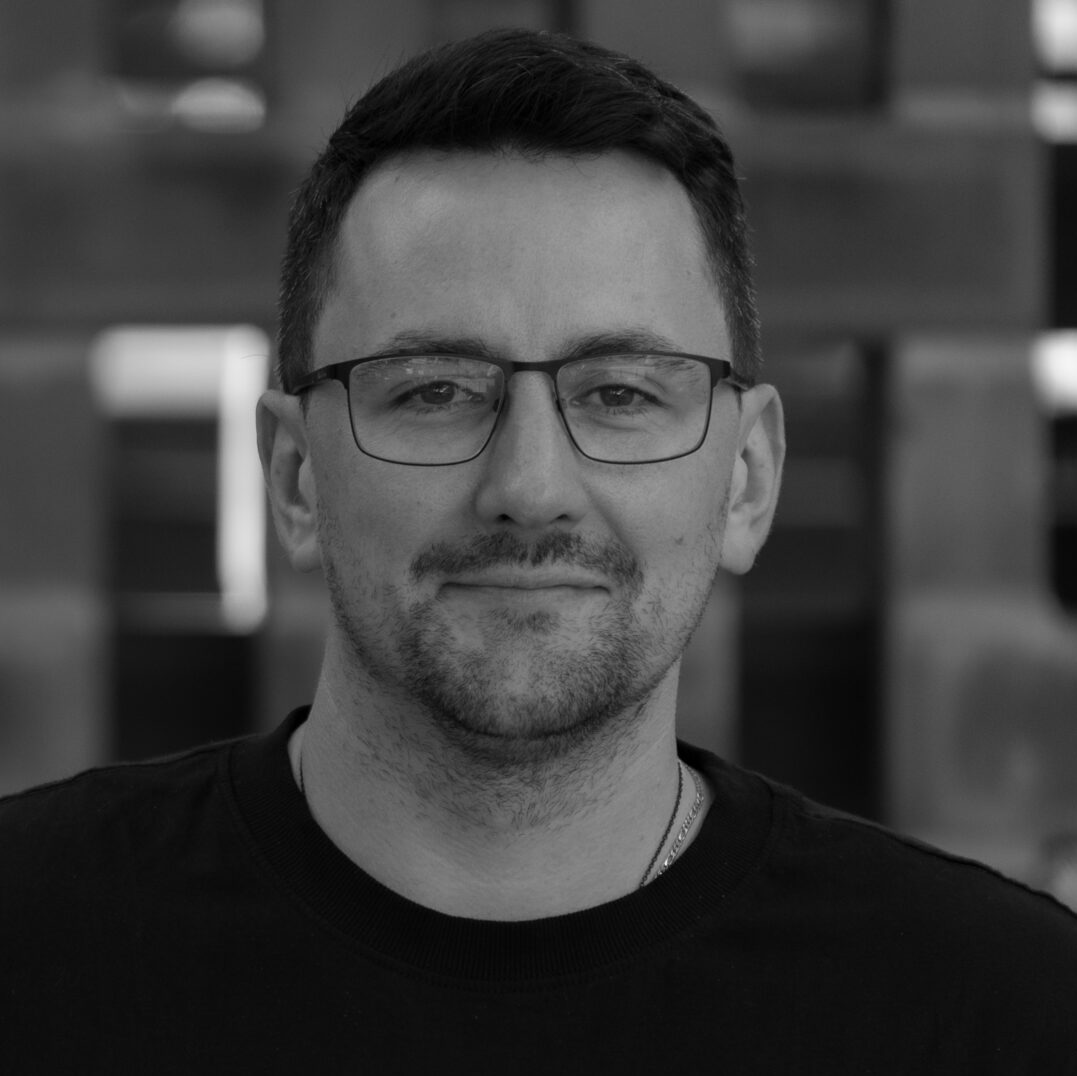
When computers made their way into family homes Jamie discovered early CGI, and when the technology was used by Steven Spielberg in Jurassic Park, the possibilities for its use exploded: “That movie felt like a groundbreaking moment in cinema history,” Jamie said. “Magic. Awesome.”
Flavia studied film at university in Brazil, during which she produced and directed a number of short films and sparked her fascination with post-production and VFX. “I realised how transformative these elements are for storytelling—how good post and visual effects can elevate a project to a whole new level,” Flavia said. When she moved to Australia in 2000, she began her career in post-production, starting as a coordinator and working at studios like Liquid Animation, Photon VFX and Cutting Edge.
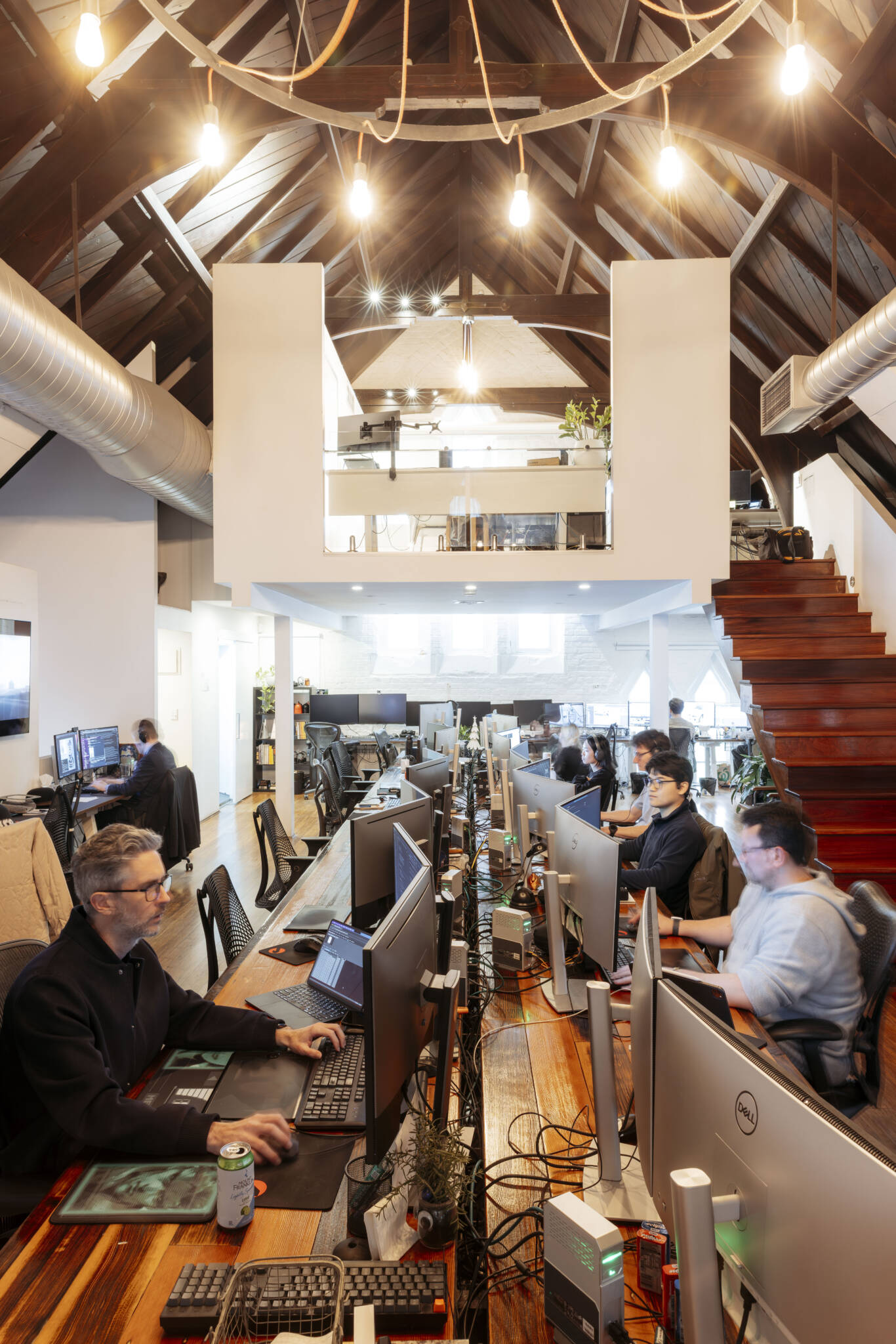
Over their careers, Flavia and Jamie have progressed alongside the evolving technologies that took cinema from Jurassic Park to Alice in Borderland.
“The constant evolution of technology in our field means there’s always something new to learn, which keeps the work fresh and exciting. Whether it’s new simulation techniques, rendering technologies or compositing workflows, post-production offers endless opportunities for growth and innovation just as it did in the early days,” Jamie said.
A day in post-production for Flavia is, “a bit like herding cats—but in the best possible way!”
Both Flavia and Jamie begin the day by reviewing feedback and the renders that have been processing overnight: “that still excites me,” Jamie said.
As Head of Production for Alt.VFX and Line Producer on Alice in Borderland, Flavia oversees the film and television projects for the company and helps to align the team, ensuring each department functions as a well-oiled machine maintaining cycles of review, feedback, refinement and delivery.
“Every department and every artist contributes to the final vision, and it’s my job to facilitate those connections and keep everything running smoothly.”
Jamie spent the bulk of his day in 3D procedural software Houdini crafting and reviewing complex pyrotechnic effects: “everything from small flickering flames to massive explosions that interact with practical elements.” Jamie said. “I spend hours with FX tweaking simulation parameters, adjusting fuel sources and fine-tuning the behaviour of flames to match the director’s vision while ensuring they feel grounded in the show’s reality.”
“Alice in Borderland has such a specific aesthetic—that blend of hyperrealistic violence with surreal game-like elements.”
To get that recipe right, Jamie researches everything from reference materials and the original manga to previous works from the director of photography (DOP) and director.
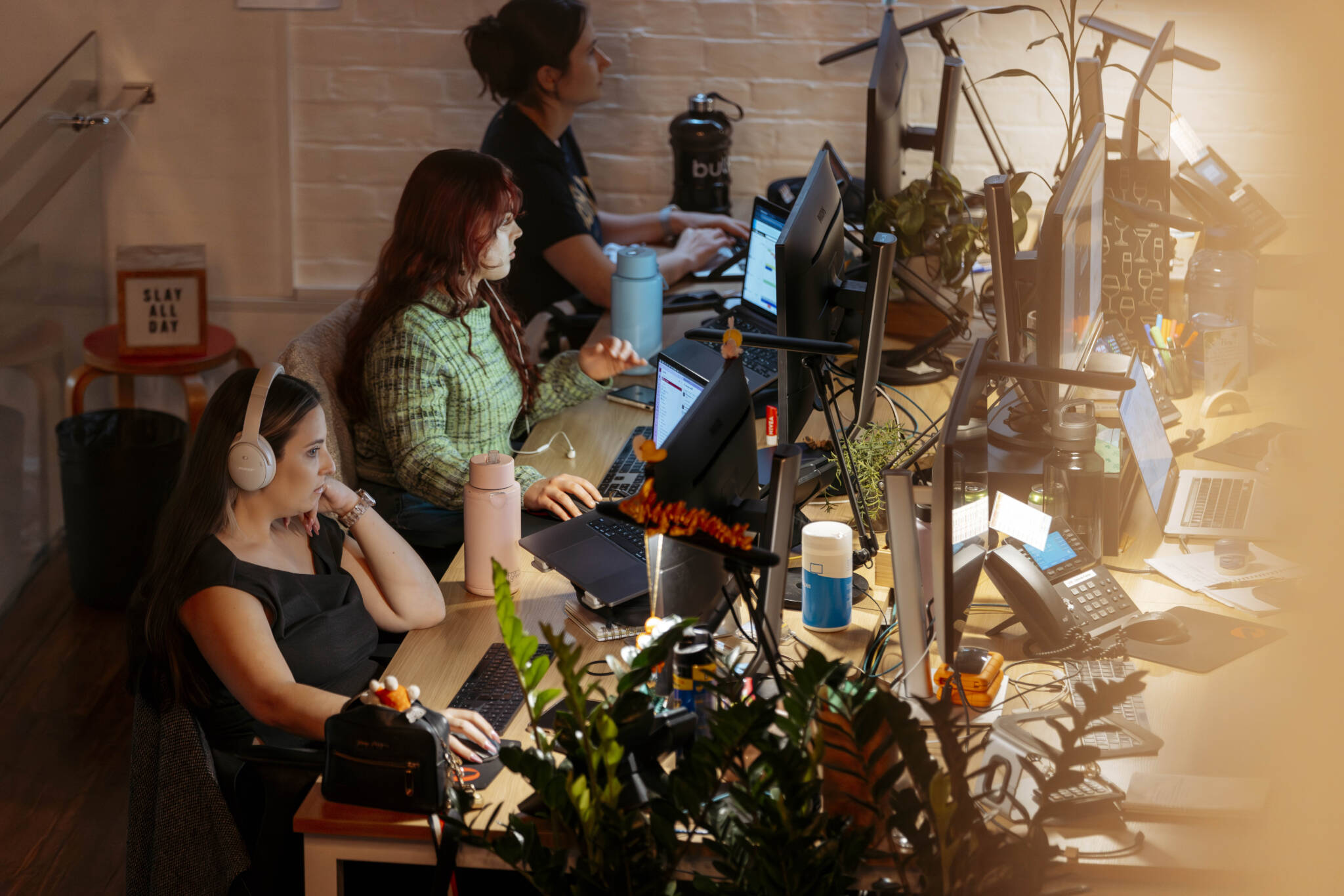
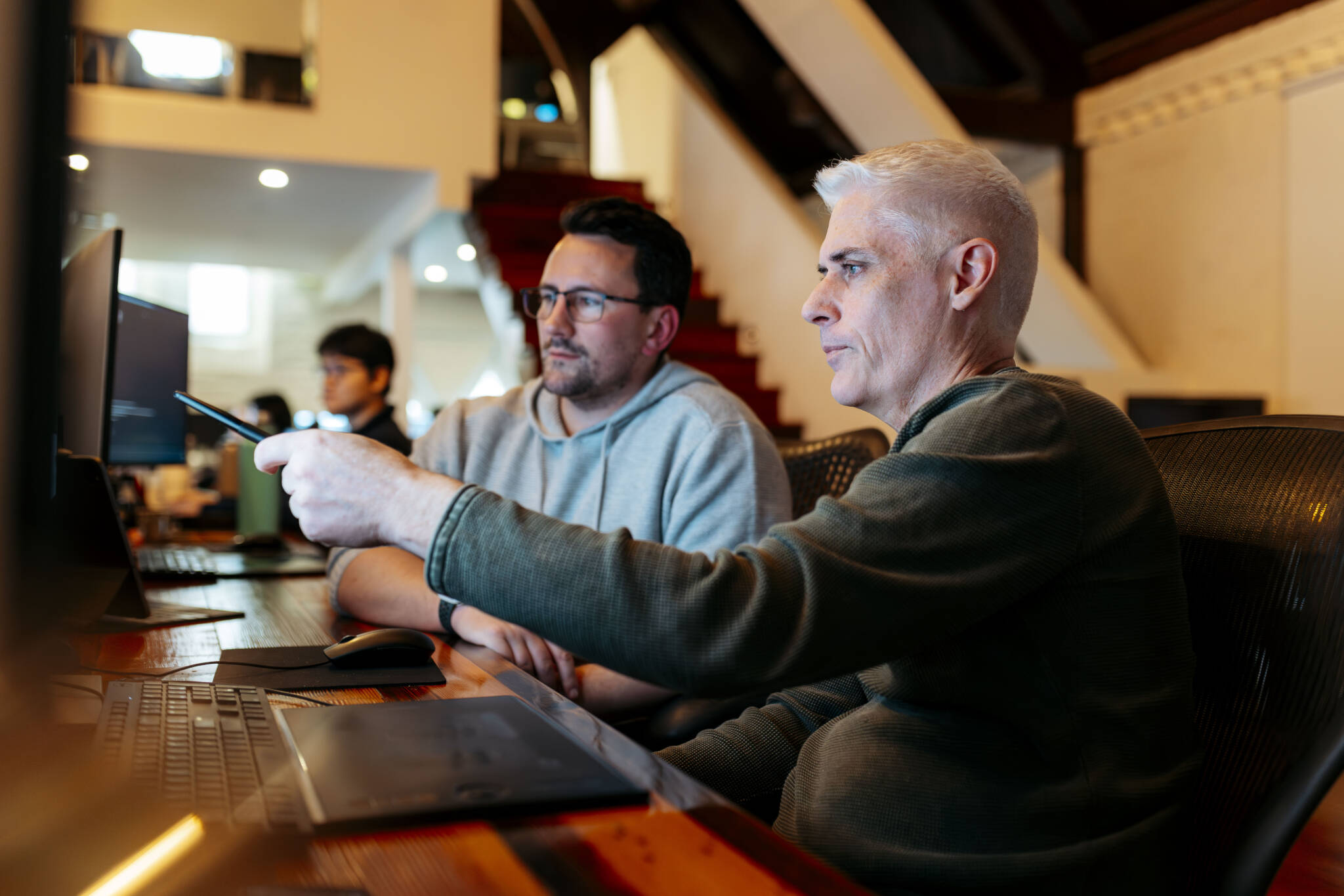
Flavia and Jamie love the sense of collaboration, working closely with talented artists, supervisors and directors—an art that is essential to quality post-production.
“When a director has a vision that seems impossible, and the team comes together to figure out how to make it work—that’s when post-production truly shines,” said Jamie. “Every department brings their expertise, and together we create something none of us could have achieved alone.”
“Since fire effects rarely exist in isolation, I work closely with lighting artists, compositors, animators, modelling and rigging for seamless integration, and often looking through the treasure trove of practical effects that the on-set team put so much time into making, to match our digital elements to on-set pyrotechnics. Shout out to that team, I used your elements everywhere I could, and it was crucial work. Thank you!”
“No two days were ever the same,” said Flavia. “It was an incredibly dynamic and collaborative process. There’s something magical about seeing all those elements—compositing, animation, effects, colour—come together into a single, cohesive story. Once the film is on screen, our work becomes part of something larger: a powerful piece of visual storytelling that reaches audiences all over the world.”
Crafting flames that burn and build over a sequence was an exciting technical challenge for the team at Alt.VFX. They developed a new approach to creating fire that could transition between realistic and stylised forms to support the story, integrating CG flames seamlessly with real-world pyrotechnics.
“One of the largest challenges of this sequence was quite often CG fire would be sitting right next to something that was set on fire on location in the plate. Ask any CG artist; being placed right next to the real thing is very, very tricky,” said Jamie.
“Some of the large-scale action sequences involving complex environmental destruction were particularly demanding,” said Flavia. “These scenes required an intricate balance of simulation, compositing and lighting to make every explosion, fragment and flame feel completely integrated into the live-action footage.”
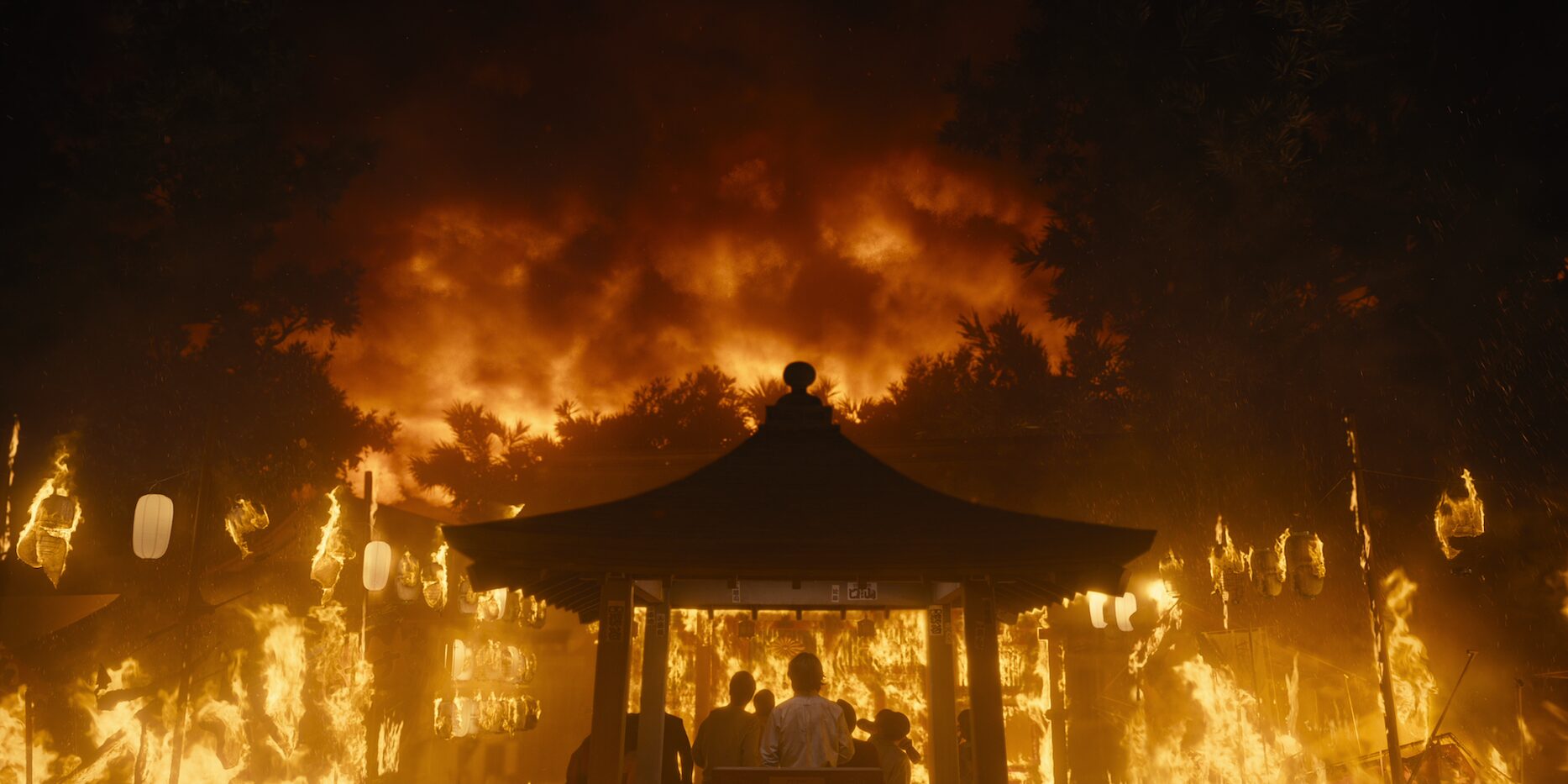
“Each shot required extensive simulation work with multiple fuel sources, varying wind conditions, and complex interactions with debris and collapsing structures,” said Jamie. “We ran hundreds of simulations, each taking 8-12 hours to complete, and developed a sophisticated caching system to manage the enormous data requirements.”
“We also can’t cut back and see the same fire. It needs to have gotten bigger, consumed more of the object that it’s burning and produce more smoke. That continuity was crucial to me in making the whole scene feel grounded. We had to maintain continuity across dozens of shots filmed over multiple days, and the flames needed to tell a story—guiding the audience’s eye and building tension throughout the sequence.”
“We hadn’t tackled destruction and fire simulation at this kind of scale before,” said Flavia. “So, it was a major technical and creative challenge for us. Thankfully, our brilliant team of artists and pipeline developers rose to the occasion. They created a suite of proprietary tools that streamlined the process and allowed us to push the quality even further. Those innovations are now a regular part of our toolkit—born from the challenges of this project.”
For the team at Alt.VFX, the work, no matter how minute, is all in service of the story.
“The technical challenges keep me engaged day-to-day, but it’s the creative satisfaction that makes this career fulfilling,” said Jamie. “My favourite aspect is the moment when all the technical work disappears and you’re left with pure storytelling. There’s nothing quite like seeing a shot that you’ve spent weeks perfecting integrated into the final edit, where the VFX serves the story so seamlessly that audiences don’t think about the technical achievement—they’re just completely absorbed in the narrative.”
And while ‘post’ is in the name, successful post-production and VFX integrations start long before cameras roll. The age-old saying ‘we’ll fix it in post’ just tends to kick problems down the road.
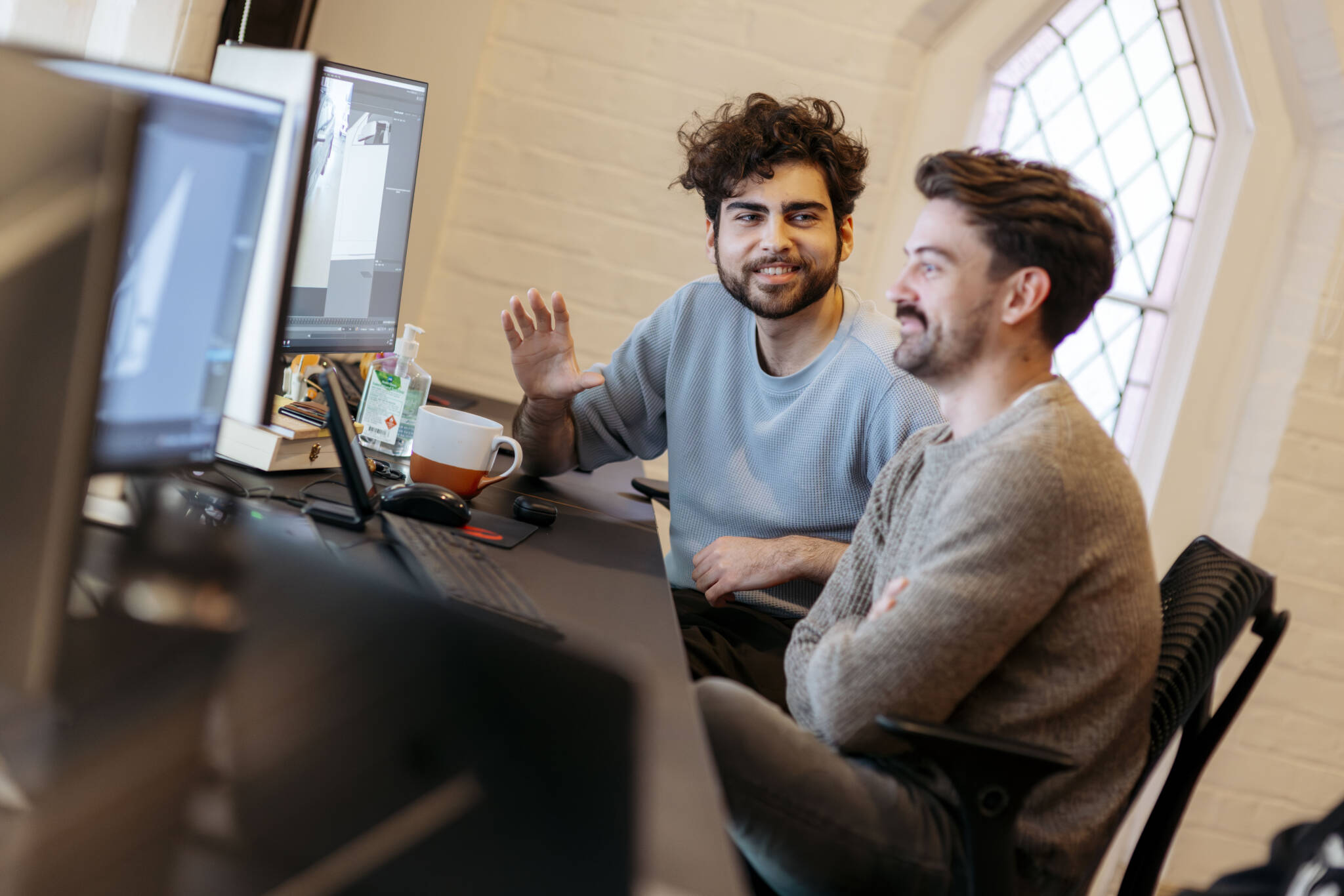
“The most successful projects happen when everyone understands that VFX is part of the storytelling process, not just a technical add-on,” said Jamie.
“When we’re involved early, we can help determine what should be done practically on set versus what should be handled digitally, and plan accordingly,” said Flavia. “That early creative dialogue not only saves time and money but also ensures the final product looks seamless. Post-production isn’t just about solving problems—it’s about being part of the creative vision from day one.”
For DOPs, directors and producers planning to integrate VFX in your projects, Jamie has some tips for making that collaboration between filming and post as smooth as possible:
“For DOPs: Lighting reference is absolutely crucial. Even simple iPhone videos showing how practical lights move and interact with smoke can save weeks of work in post. Also, when possible, providing clean plates and multiple exposure passes gives us so much more flexibility in compositing. Understanding that VFX elements will need proper lighting motivation helps enormously.”
“For directors: Early involvement in pre-production makes a huge difference. When we understand the emotional intent behind an effect—not just what it should look like but what it should make the audience feel—we can design more effective solutions. Also, realistic expectations about timing are crucial. Complex fire simulations can’t be rushed without sacrificing quality.”
“For producers: The biggest help is understanding that VFX isn’t just a post-production cost—it’s part of the creative process that benefits from proper planning and adequate time. Rush jobs inevitably cost more and deliver less. Also, maintaining consistent communication between departments prevents expensive revisions later.”
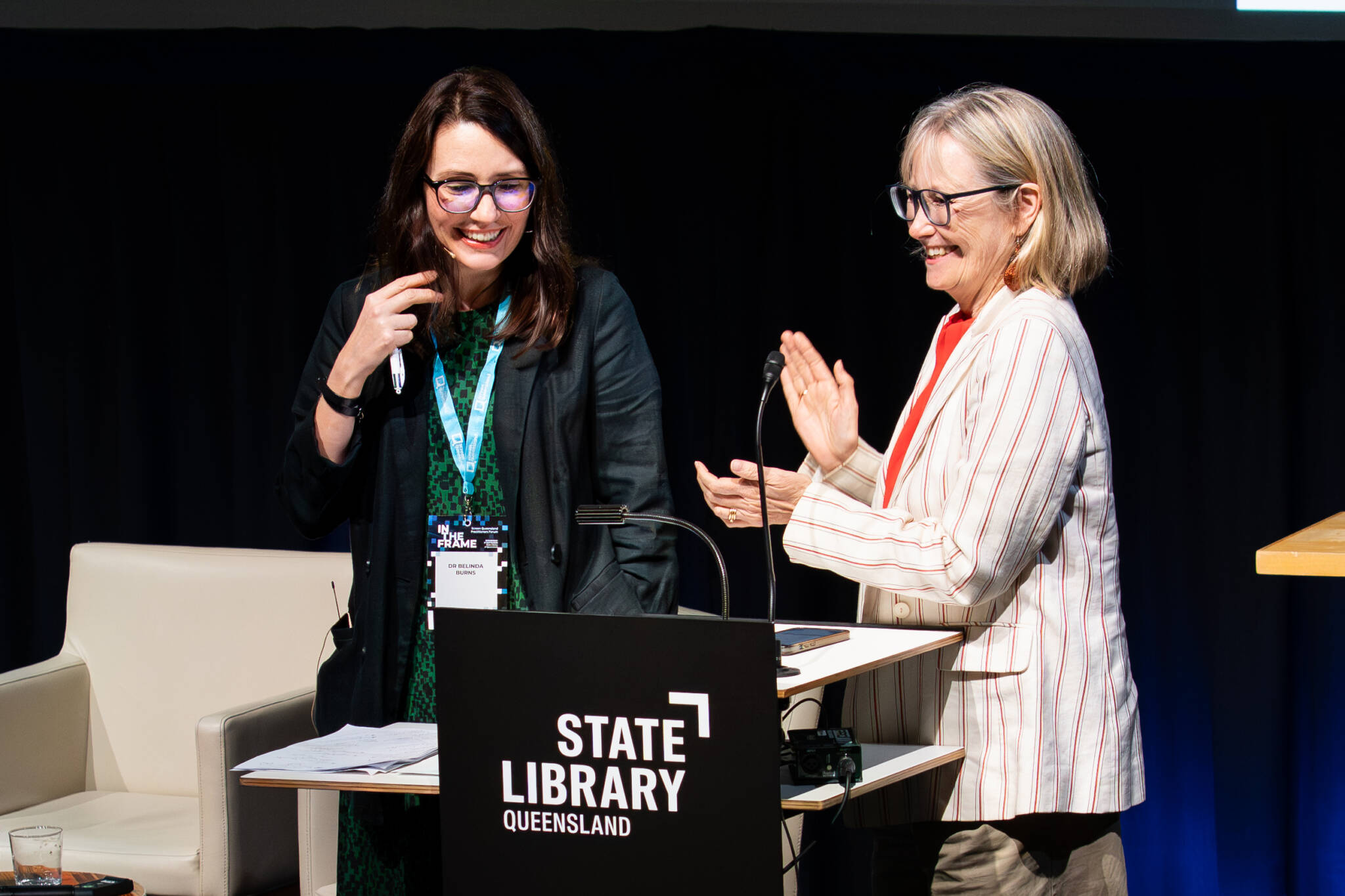
In the Frame 2025 Wrap Up
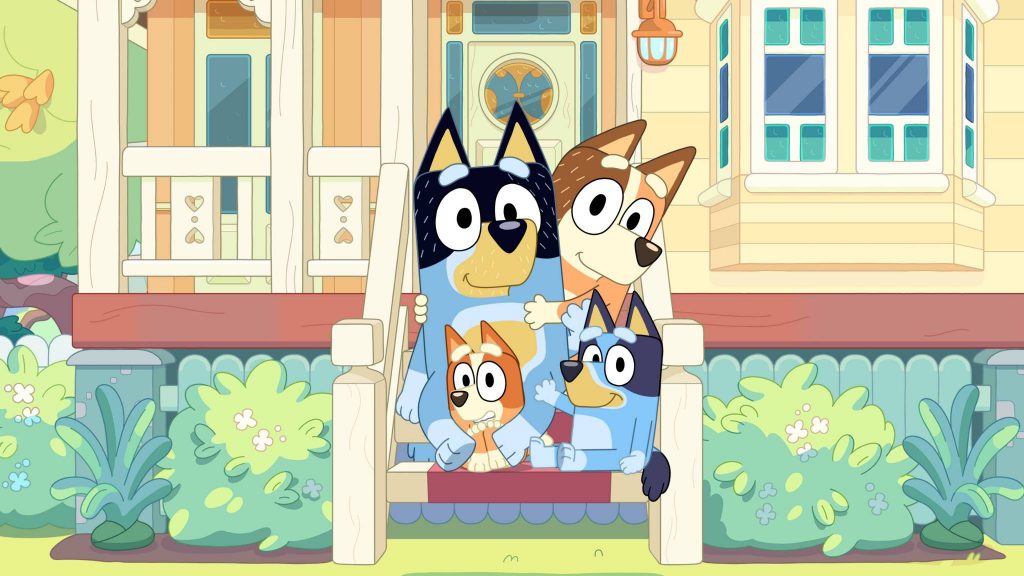
Post, Digital and Visual Effects (PDV) Incentive



